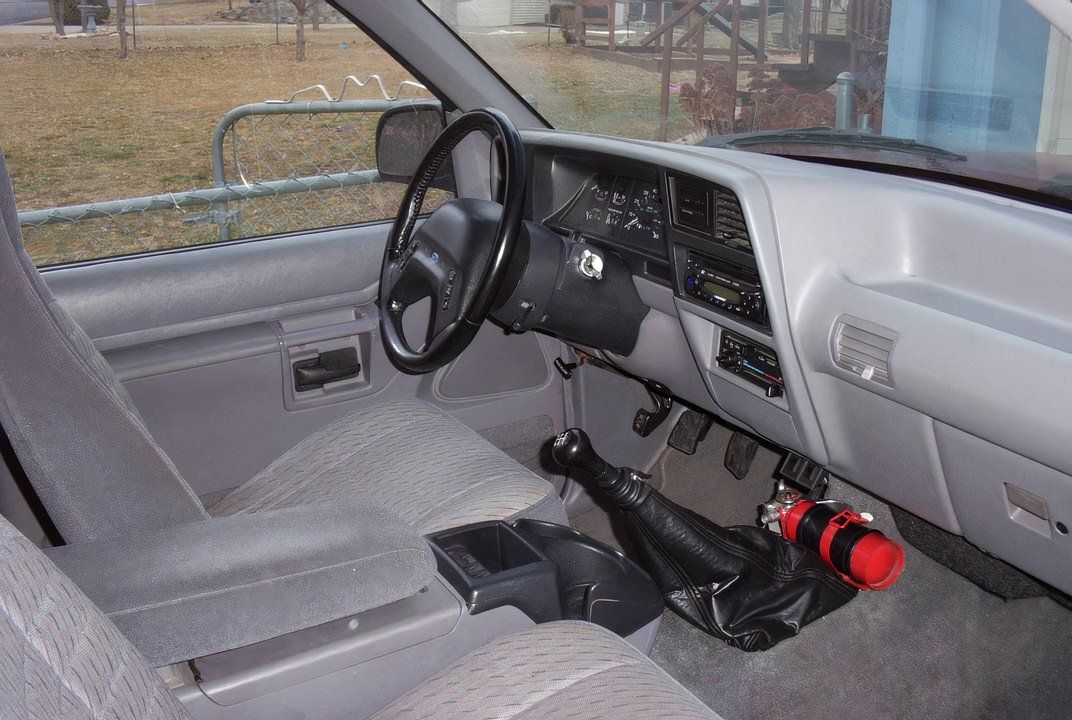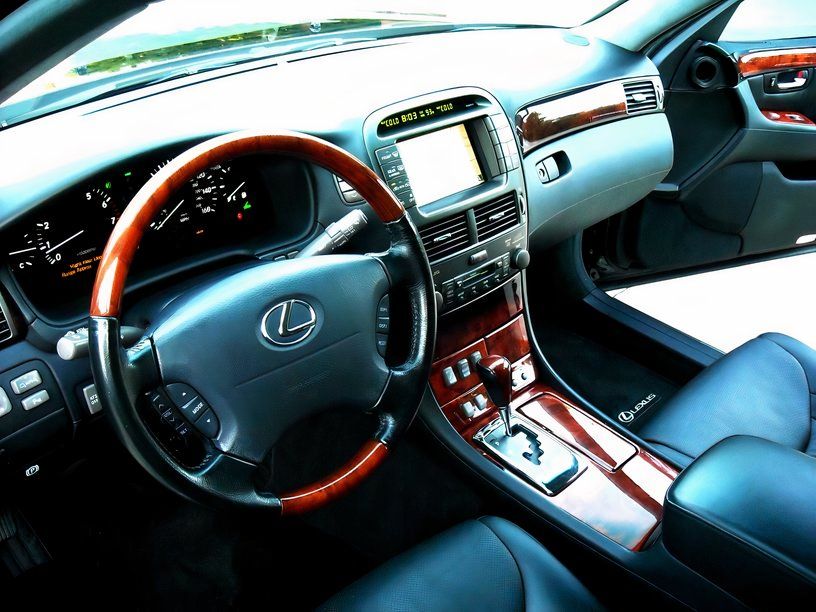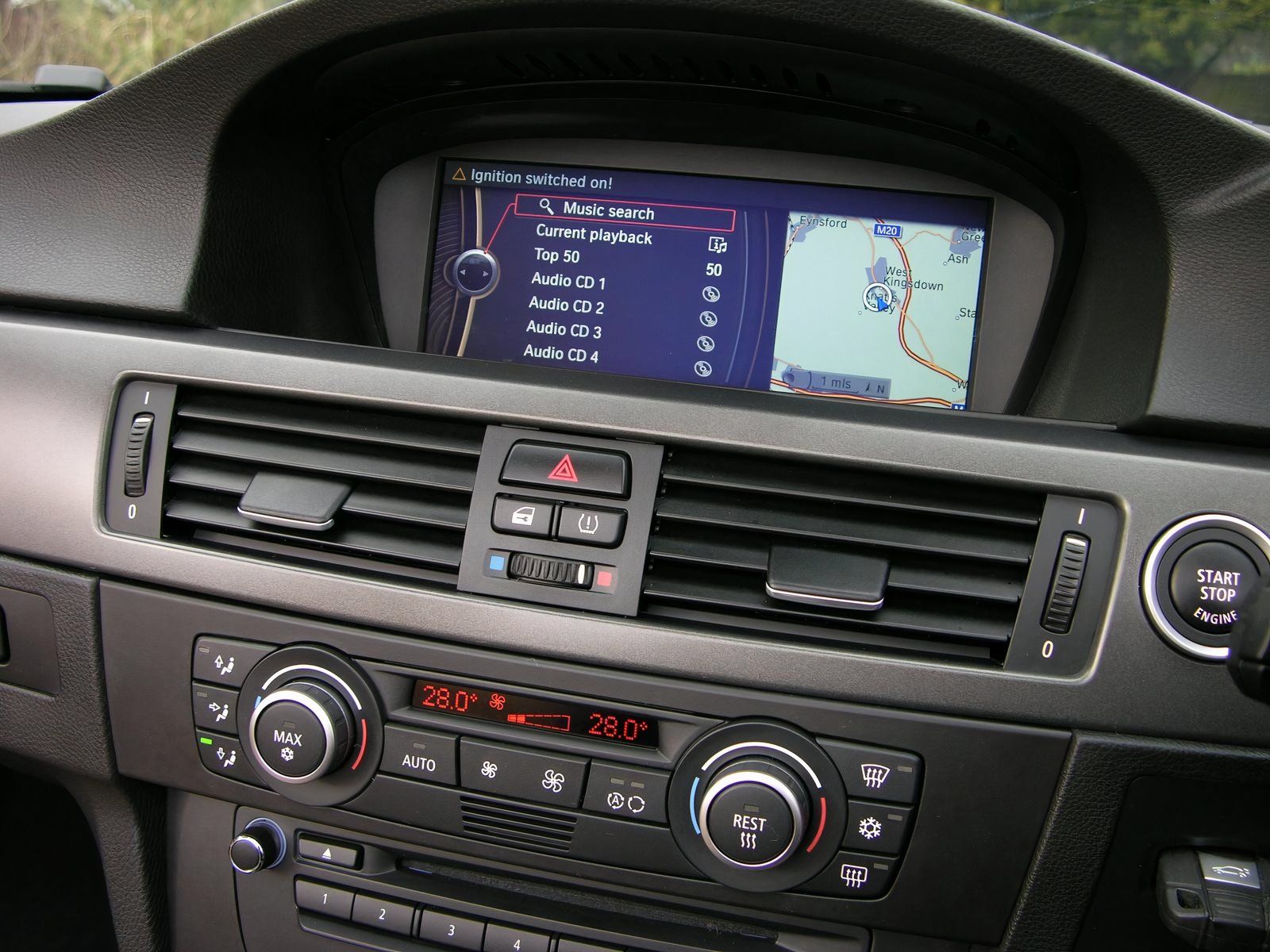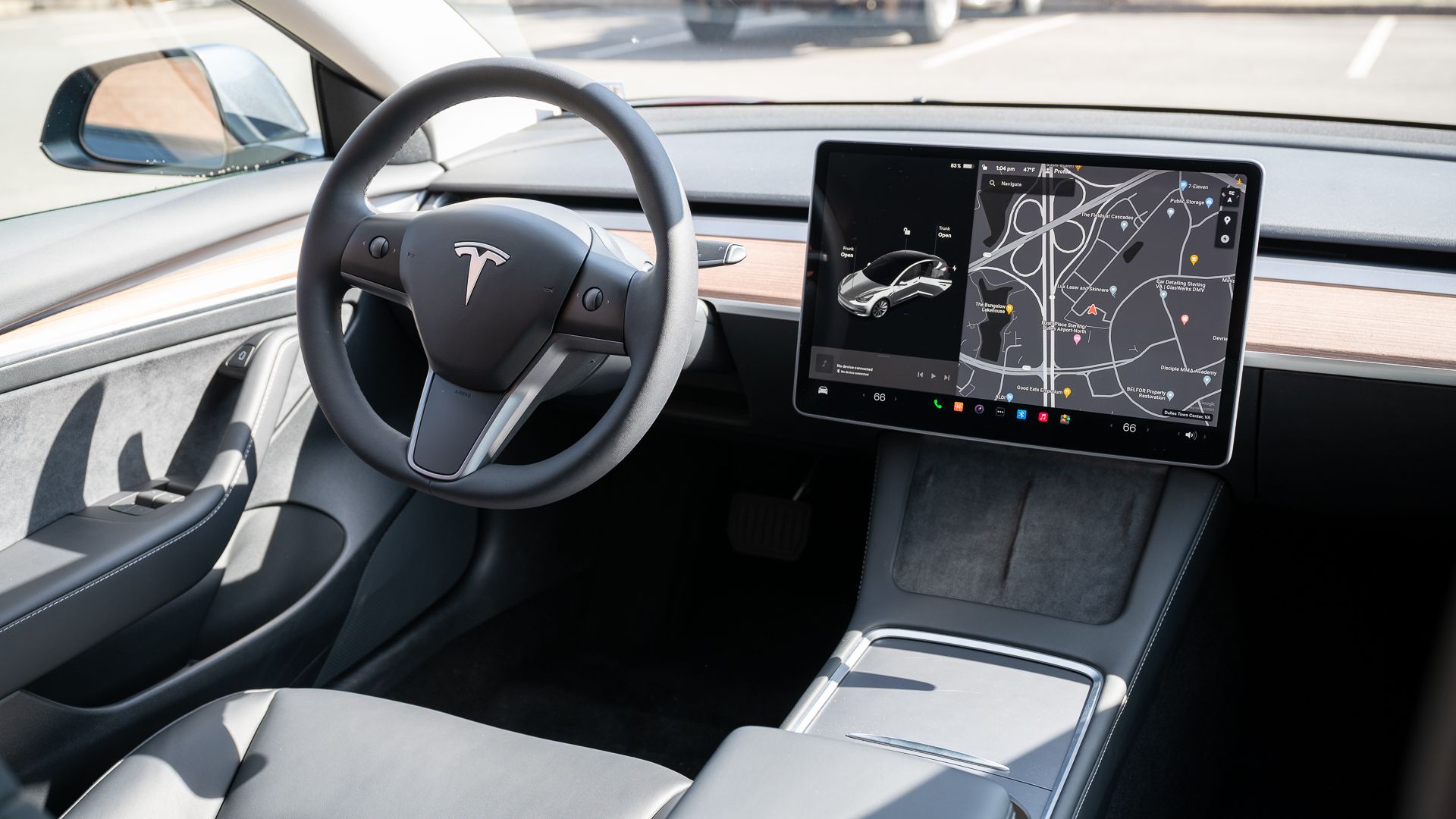Key Takeaways
- Car touchscreens have evolved from distrusted “distractions” in the 80s to ubiquitous controls today.
- Manufacturers played it safe in the 90s with flush buttons instead of touchscreens.
- Touchscreen technology thrived in the 2010s with Tesla leading the charge in car infotainment.
Car touchscreens have come a long way. The first touchscreen system installed by Buick in 1986 had to be removed because drivers complained it was distracting. Today, every car has a touchscreen infotainment system. Let’s look at how this technology evolved.
You Mean You Can Touch the Screen to Send Commands?
The world’s very first infotainment touchscreen came in the 1986 Buick Rivera. In-car screens became something of a novelty in the early 90s, with expensive vehicles shipping with digital displays. Unfortunately, these were just displays and didn’t take any input from the user whatsoever.
With time, technology and hardware have become portable enough to install them in cars. In 2002, BWM installed the iDrive system in their cars, which was revolutionary at the time. In a decade, the size of these infotainment screens had grown rapidly. Tesla’s Model S came with an oversize center console screen, leveraging the power of modern touchscreen technology. Yet, all of this innovation started with an unwanted touchscreen console.
Buick’s 1986 Experiment Failed Spectacularly
The mid-80s is nearly forty years in the past at this point. During this period, TV shows like Knight Rider romanticized tech-heavy cars, and Buick saw something in them that they wanted to use. Hardware and software were limited at the time, but Buick made a good show of it, creating a green-and-black display that looks like it might be at home in BladeRunner.
The system was robust as well, offering the user control over 91 car functions, without the need for dials and switches which were the norm back then. All of this on a nine-inch screen that wouldn’t look too out-of-place in a modern car. Users were so enthralled with it that they complained it was too distracting, and they fiddled with it while driving.
Manufacturers Play It Safe in the 90s
The car industry learned from its mistakes and many manufacturers avoided the touchscreen completely during the 90s. Instead, we got buttons, some of which were designed to be flush with the dashboard to make the interior look sleeker and more modern.
The 90s saw many people adopt emerging technology. It was when Windows 95 went mainstream and computers stopped being a novelty that people would build from kits and become something you’d find in any home that could afford it. As the 2000s rolled around, car manufacturers felt a little more confident introducing technology like the touchscreen into cars, since more people would have gotten used to them. One of the first manufacturer to take a serious stab at an infotainment system was Lexus.
Car Touchscreens Make a Comeback in the 2000s
Those of us who are fans of modern touchscreens can thank Lexus for breaking new ground with the technology in its 2001 Lexus LS430. The previous iteration of the system used buttons to navigate a relatively primitive display. It had a pretty big screen, but many of Lexus’ users were unhappy with how the buttons navigated the system. The company decided that they should explore different input systems.
The company’s new infotainment system resembles many of the in-car systems we have today. The graphics look like throwbacks to the Nintendo 64 era, but that’s because this was the era that birthed it. Not only could you control the air conditioning, heating, and radio from the dash, but you could also access Lexus’ DVD-based navigation system that came at a slightly higher cost. Today we can connect Apply Car Play for navigation, but back then, maps and routes had to be stored on discs.
Despite leading the pack in touchscreen technology, Lexus abandoned it in the late 2000s. Once again, Lexus listened to their customers, and many people complained about fingerprints on their dashboard. Lexus decided that touchscreens needed to take a back seat, but by the end of the 2000s, other companies were taking on the challenge of building a better car touchscreen.
Competitors Shift into High Gear
While Lexus was pioneering the infotainment system, some of their competitors were taking notes and improving on their designs. BMW’s iDrive system, which came out in 2002, got rid of all the switches and replaced it with a central console which is reminiscent of modern infotainment systems.
Unfortunately, BMW leaned a little too much into minimalism. The iDrive system had a single button that the user could operate and, for quite some time, it had no back or main menu buttons, making it extremely frustrating to navigate. Sure, the 8.8-inch screen was large, but the headache of using it made BMW’s customers dry up on the novelty very quickly.
Smartphones Revolutionize Touchscreen Technology
The 2010s were when touchscreen technology really came into its own. Smartphones and tablets have become so much more affordable and touchscreen systems have become much more commonplace than they were in previous decades. Naturally, infotainment systems would follow suit. The company that really leaned into this was an innovator in the space: Tesla.
By this time, most companies had some form of infotainment system or another in their vehicles, but Tesla wanted to push the envelope. The Model S, released in 2012, boasted a 17-inch portrait display that controlled every aspect of the car. It was a gamble, entrusting all of this to a massive touchscreen, but the company’s customers loved it. It became a hallmark of the vehicle.
When Tesla released their Model 3 in 2017, they slimmed the screen down from 17 to 15.4 inches and allowed users to swivel it into landscape mode. Not only did the touchscreen control all the elements of the vehicle, but now the car’s speed and all the driver’s instruments were on the center dash.
A Recurring Safety Concern We Can Live With
The issue of drivers fiddling with center console controls continues to this day. We have adapted to using them to a great extent, but they still distract a driver and could lead to a crash. Does that mean we’d be better off without an easily accessible center console to control everything? Probably not. Some infotainment systems disable more concentration-intensive actions like pairing with a new phone while the car is not parked.
Touchscreens have come a long way, but in the future we might see alternative control systems popping up for use with cars. We already use voice controls on our phones while in the car, so it’s not so hard to think manufacturers will start offering it as standard in the future. Infotainment systems and big screens are now a staple of driving, and I wouldn’t have it any other way.








